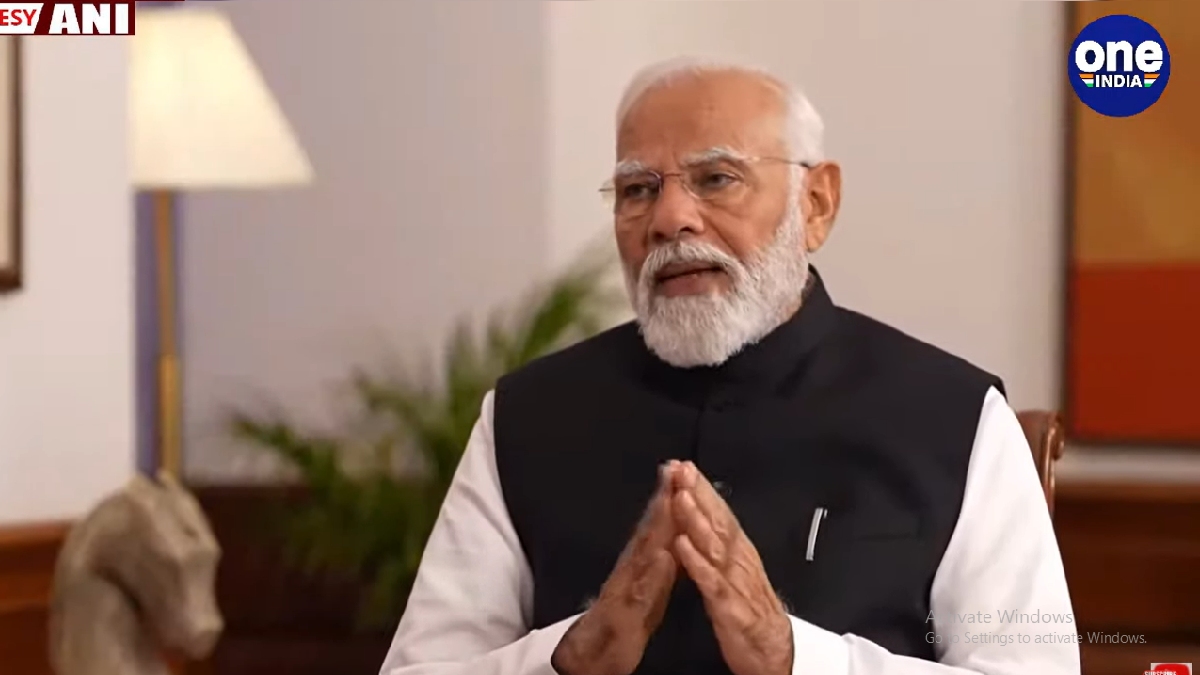
How is Chief Justice of India appointed?
New Delhi, Oct 18: President Draupadi Murmu has appointed Dr. Justice Dhananjaya Yashwant Chandrachud as the 50th Chief Justice of India. He will take oath on November 9, a day after incumbent CJI Justice Uday Umesh Lalit demits office on attaining the age of 65. While Justice Lalit has a brief tenure of 74 days, Justice Chandrachud will serve as the CJI for two years.

So, how was it decided that Justice DY Chandrachud will be Lalit's successor and appointed the 50th CJI of India? We explain the procedure behind the appointment of India's highest judicial post:
The convention always has been that the Chief Justice of India recommends the name of his successor and the executive then approves it. The senior most puisne of the Supreme Court has always been appointed as the CJI.

India works on three tiers of the judicial system: The Supreme Court, the High Court and Subordinate Courts. In the Constitution of India, Article 124 states, "Establishment and constitution of Supreme Court". The article further notes, there shall be a Supreme Court of India consisting of a Chief Justice of India and, until Parliament by law prescribes a larger number, of not more than seven other Judges. It is mentioned in Article 124 that appointment by the President is to be done after consultation with judges of the Supreme Court, as the President may deem necessary.
Article 217, which deals with the appointment of High Court judges, says the President should consult the CJI, Governor, and Chief Justice of the High Court concerned. Further, the tenure of a CJI is until they attain the age of 65 years, while High Court judges retire at 62 years.
Usually, the seniormost judge of the court after the chief justice (in terms of the years served) is recommended as the successor. This convention was ignored by former Prime Minister Indira Gandhi, who appointed Justice AN Ray as CJI in 1973 over his seniors. The seniority of the judge is the agreed-upon norm by the government's memorandum of procedure. The memorandum of procedure says that the Union Minister of Law, Justice and Company Affairs seeks the recommendation of the outgoing CJI for the appointment of the next CJI. After the collegium's recommendations are finalised and received from the CJI, the Law Minister will put up the recommendation to the Prime Minister who will advise the President on the matter of appointment.
Who can be a CJI?
Apart from being an Indian citizen, the person must
(a) have been for at least five years a Judge of a High Court or of two or more such Courts in succession or
(b) have been for at least ten years an advocate of a High Court or of two or more such Courts in succession, or
(c) be, in the opinion of the President, a distinguished jurist.
Shortest and longest tenure of CJI
The longest and shortest serving Chief Justice of India. The longest serving Chief Justice of India is Justice Y V Chandrachud. He was the Chief Justice of India between February 22 1978 and July 11 1985. His tenure lasted, 2,696 days.
The shortest serving Chief Justice of India was Kamal Narain Singh. His tenure of 17 days lasted between November 25 1991 and December 12 1991.
Justice DY Chandrachud follows the legacy:
Justice D.Y. Chandrachud completed his LLB from Delhi University and was enrolled as an advocate on 20th July 1982. Later on, he went to Harvard University to finish his Master in Law (LLM) and Doctorate in Juridical Sciences at Harvard (SJD). He has been previously the Chief Justice of the Allahabad High Court and a former Judge of the Bombay High Court. He was raised to the position of Judge in the Supreme Court on 13th May 2016.
Also, his father, Justice Yeshwant Vishnu Chandrachud was the Chief Justice of India from 22nd February 1978 to 11th July 1985. Interestingly, he was the longest-serving Chief Justice in India's history, having served for 7 years and 4 months.
In the last 6 years as a Supreme Court judge, Justice D.Y. Chandrachud has delivered notable judgments including recognising the right to privacy as a fundamental right and also decriminalisation of Section 377, among others. As the current chairperson of the e-committee, he is leading a digital transition of the judicial system in India. The e-committee is providing services such as the e-filing of cases, virtual courts, and a national judicial data grid.


 Click it and Unblock the Notifications
Click it and Unblock the Notifications

































